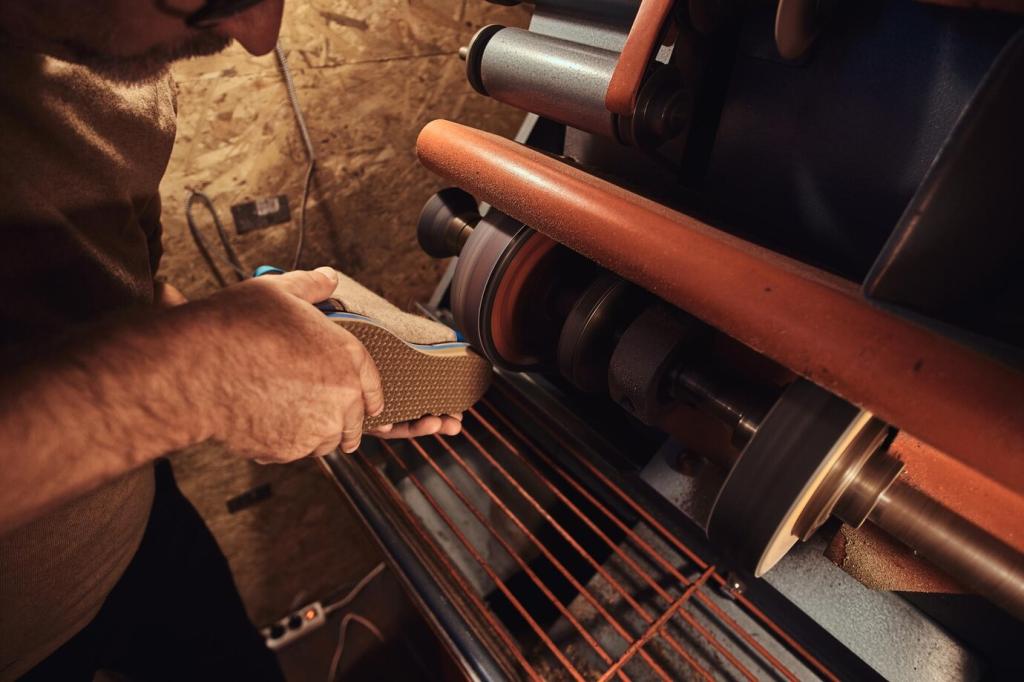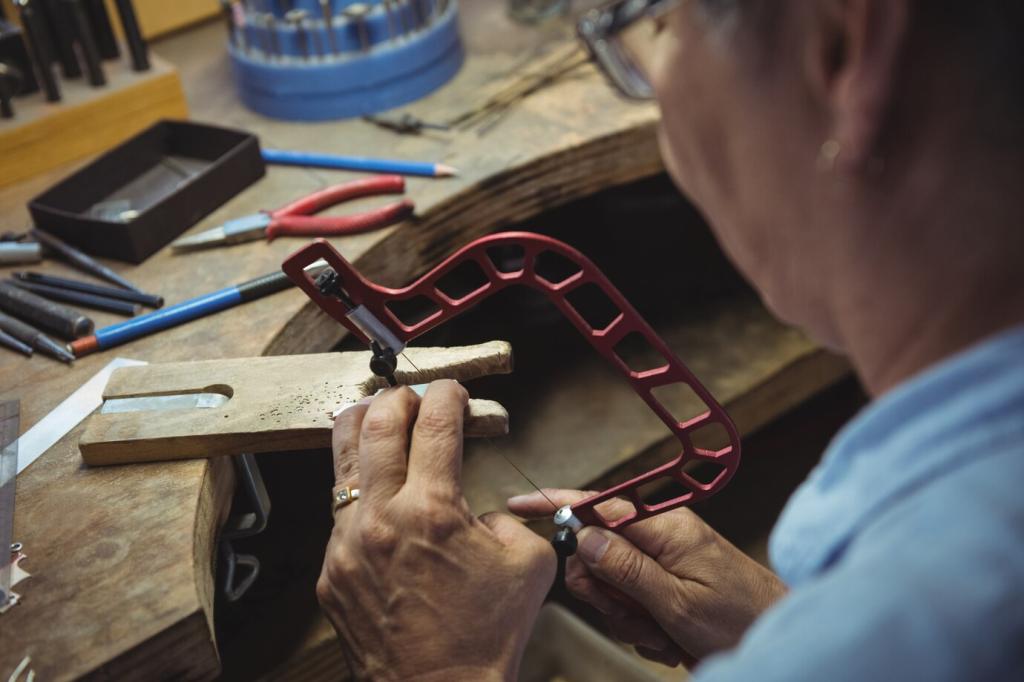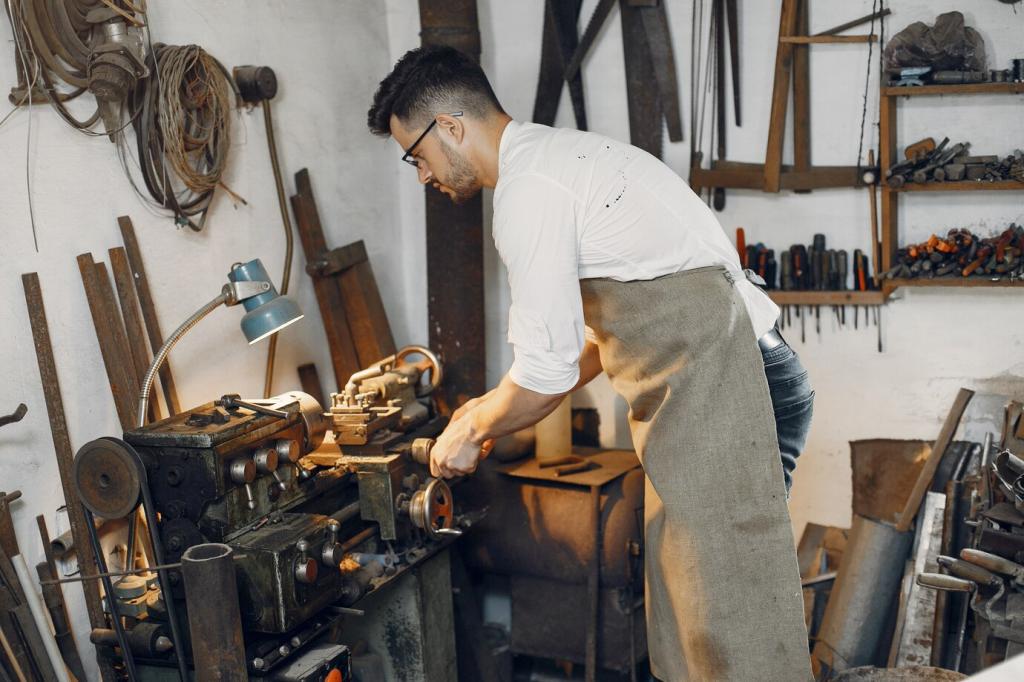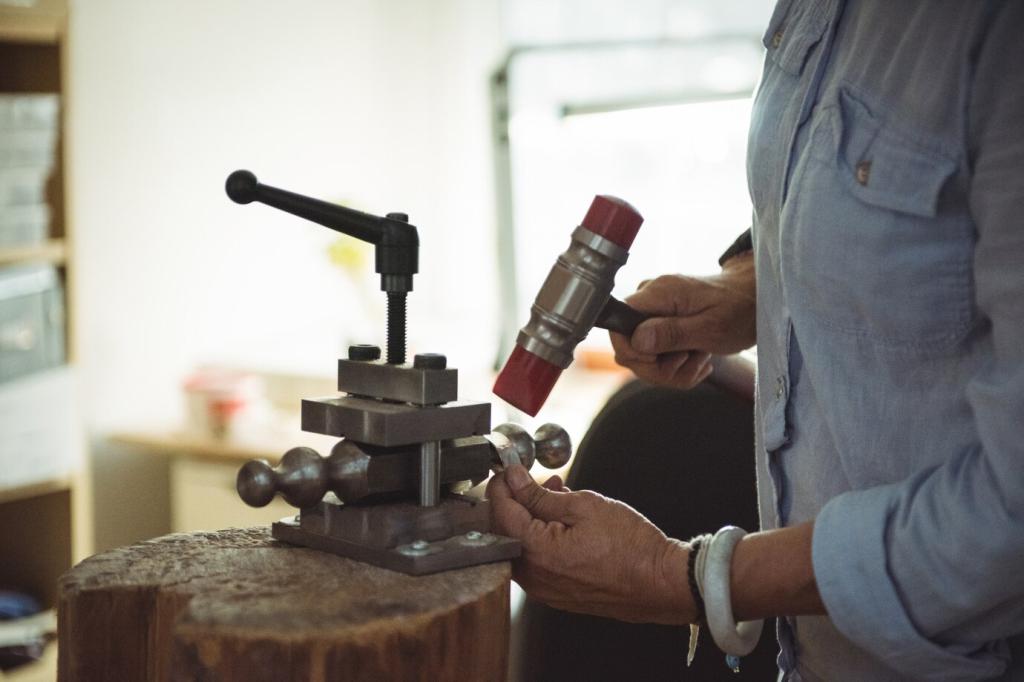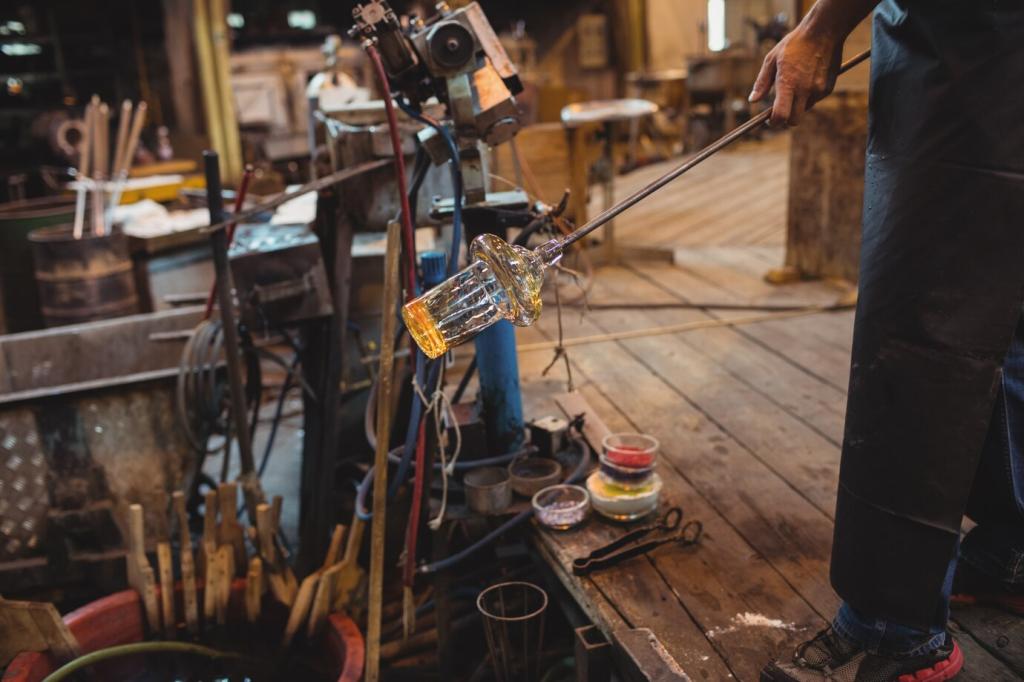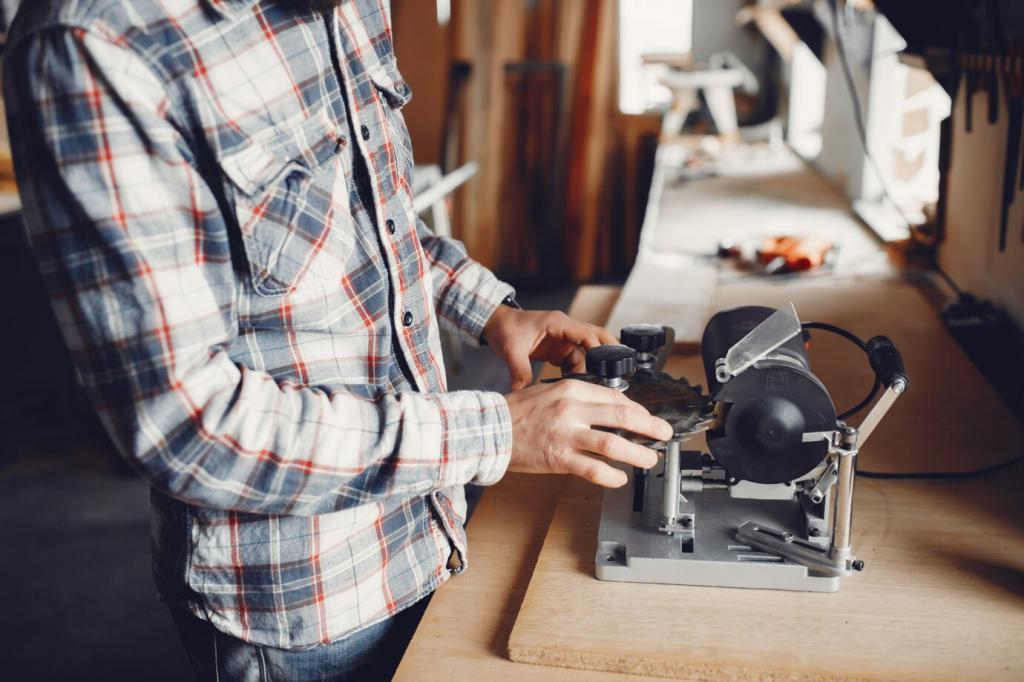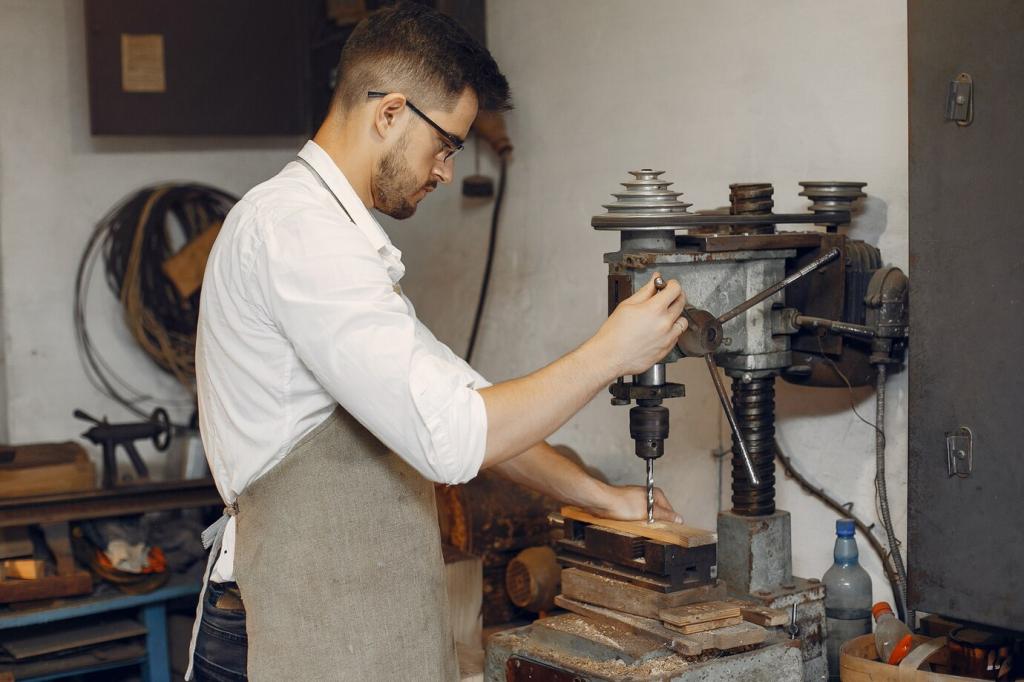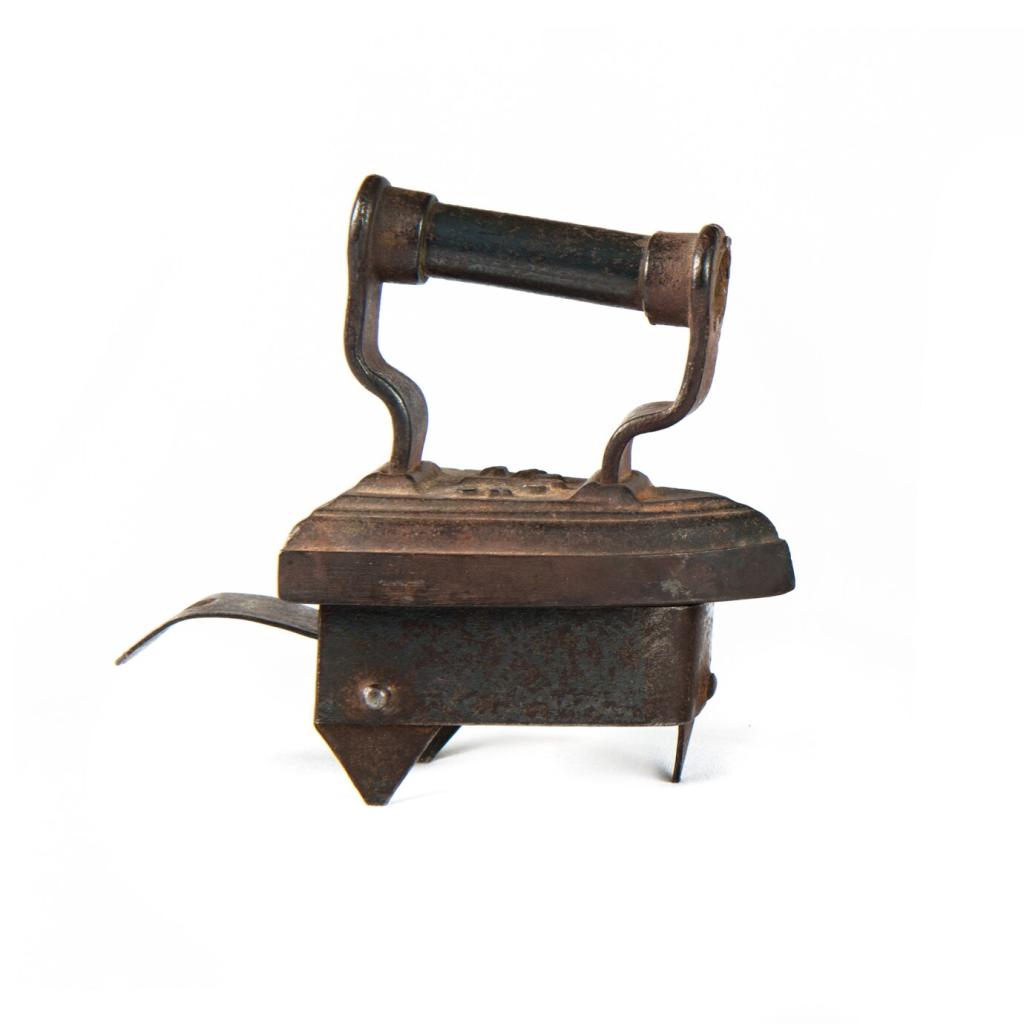When to Call a Conservator
Lifting veneer, marquetry, flaking finish, unstable joints, smoke or flood damage, or deep dye migration merit expert care. Stop and seek help. Add your questions below, and we’ll help triage risk together.
When to Call a Conservator
Gather clear photos, dimensions, provenance notes, and what you have tried. Ask about reversible methods and expected appearance changes. Want a template briefing sheet? Subscribe, and we’ll send a concise, conservator-approved checklist.
When to Call a Conservator
Balance sentimental and market value against intervention risk. Sometimes preserving a faint mark is safer than chasing perfection. Describe your decision-making process, and we’ll feature thoughtful approaches in a future community roundup.

